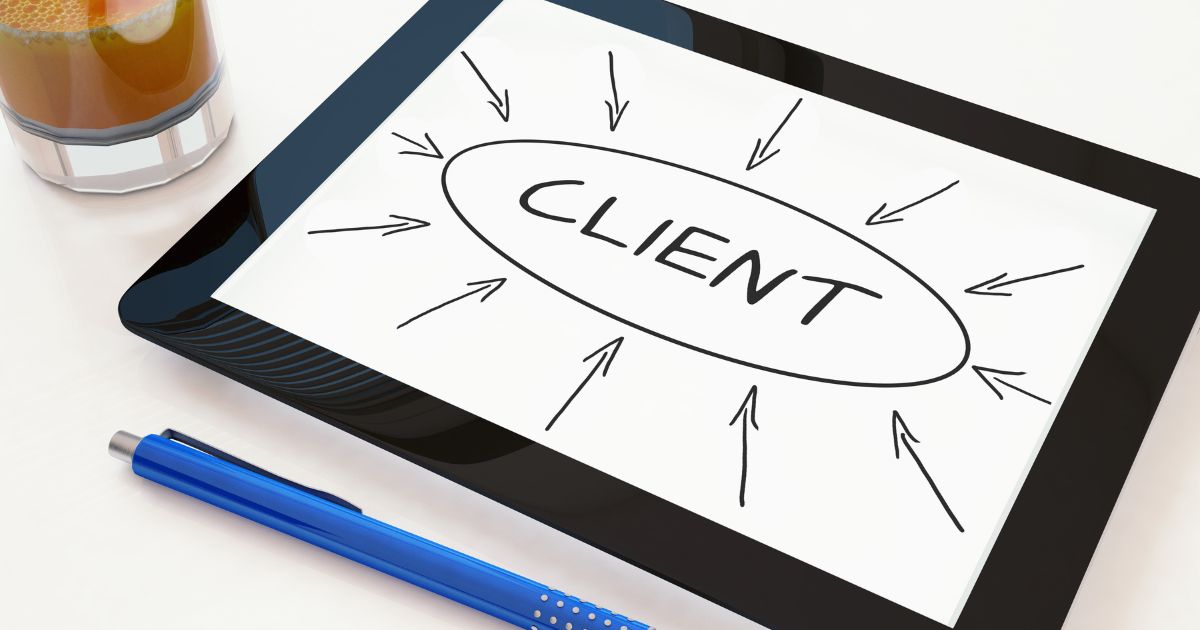The process of onboarding can provide therapists with an opportunity to connect with new patients and give them a valuable first impression of your practice, setting the tone for what’s to come from working with you.
We know that the onboarding process for therapists can sometimes be frustrating and time-consuming. That’s why in this article, we offer some tips for how you can streamline your onboarding process, making it easier for you and your new clients, while providing them with the best experience possible.
Map out your client onboarding process: Map out your process in advance by considering all the possible touch points of your new patient – from the moment they first contact you to their first session with you. How will they hear about you? How will they reach out? What needs to happen before their first appointment with you? Ask yourself these questions and map out the steps accordingly.
Consider conducting a preliminary first screening: Once someone has reached out and expressed interest in working with you, instead of jumping straight into booking their first appointment, ask yourself: are you a good fit for one another? This can easily be answered with a quick phone call. The phone call will also give you an opportunity to build rapport with your new potential patient and put them at ease, so they’ll feel more comfortable taking the next step by booking an appointment.
Use appointment scheduling software: Manually scheduling your appointments can present many difficulties including unnecessary back and forth, which can be very time-consuming. Also, when clients want to cancel or reschedule, this creates even more hassle. With scheduling software, you give your clients the ability to view your schedule online and select an available slot; it allows for more flexibility on both sides, making things easier for you and convenient for your clients.
Create a welcome pack: When your new clients schedule their first appointment, a welcome email including a welcome pack should be sent. A good welcome pack should include information about the sessions, your processes and policies, and any other information you think your new client should know beforehand. Put yourself in their shoes and anticipate all possible questions they may have before their session with you. Your welcome pack should answer their anticipated questions. This will make your clients feel more welcomed and at ease.
Ask clients to fill out forms in advance: With an automated follow-up email, you can send your clients all forms and policies that must be read and filled out before their appointment. You can do this by implementing an online client management system that helps you organize, streamline and automate your client processes, such as Dubsado. Streamlining this process is important because when done in session, paperwork can easily take from your time working together. Clients may feel rushed, and unable to carefully read your policies or accurately document information.
Follow-up: After the initial appointment, it’s important to touch base with your new client. The follow-up email provides another opportunity to build a relationship with your client. You can also use the follow-up email to ask for feedback on your onboarding process. Asking for their input will make the client feel valued and help you refine the onboarding process as your practice grows. Feel free to add a link to this email to schedule their next session if needed.
Conclusion:
Streamlining your client onboarding process is something that a lot of therapists struggle with – not knowing where to start, what steps to take, and how to implement them are some of the challenges associated with doing this. Use these 6 tips as a guide to get you started. If after going through these tips you still need help with streaming your process, the team at Efficient and Free is at your service!









